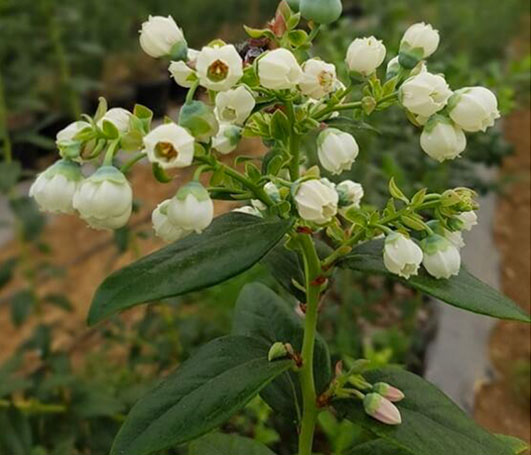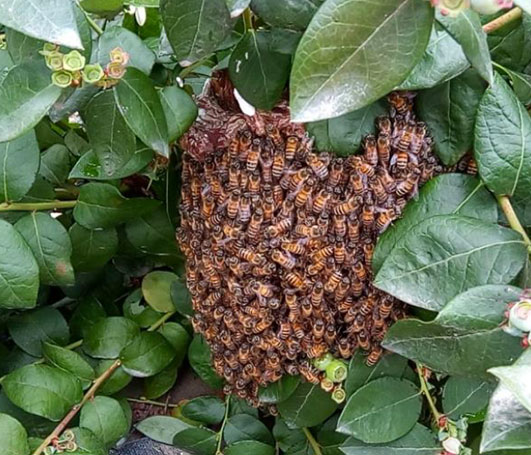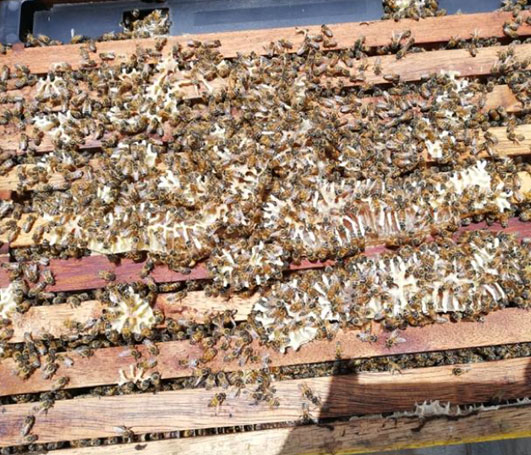
Pollination is a very important part of the lifecycle of plants. Without pollination, there would be no fruits or seeds. This is the main reason why it is necessary to plan the pollination of crops ahead for growing blueberries or other berry varieties. The way this pollination process is carried out will have direct impact on production volume, berries size, ripening uniformity, and a lower fungi incidence in plants, which affect fruit production.
There are different types of pollination, of which “entomophily” is the most efficient and widespread in agriculture.
It is the type of pollination carried out by the action of insects (bees, bumblebees, ants, among others). In this process, pollinating insects visit the flowers to collect their nectar and/or pollen, and by doing so, the pollen sticks to their bodies and is transferred to the next flower they visit.
For example, when bees look for nectar, they rub the stigma inside the flower, and the pollen adheres to their bodies. Some bee species cause flowers to vibrate with the buzzing of their flight while they collect pollen (“sonication”), thus shaking off the pollen form the anthers, which makes the collection process easier.


Honey bees are the most abundant and common species of bees, distributed all over the planet. According to many studies and trials, pollination by honey bees has a direct positive impact within its action range, which is estimated to be about 3–5 km, and may even extend to 8 km.
It is worth noting that a blueberry plant produces an important number of flower buds every year, and every flower is a potential berry or fruit, that is why the pollination process is crucial.
Pollination is currently carried out using hives with an average population of 20,000–30,000 individuals each, using 5–10 hives per hectare.
Among the main direct benefits, it is worth noting:
When using bees for the pollination process, measures should be taken in order to ensure people’s safety as well as the survival of bee populations.
Among the most important are:
